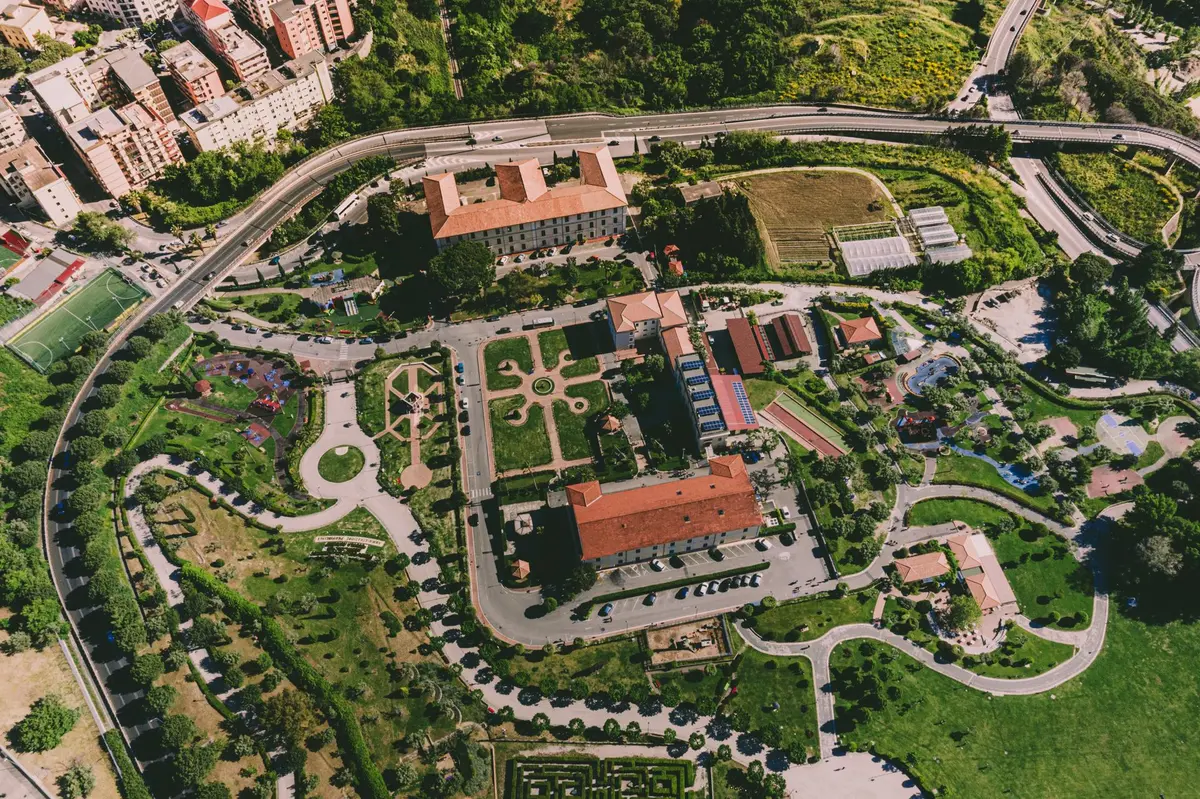Discovering Catanzaro, urban trekking in the regional capital
A walk through the "City of Three Vs"
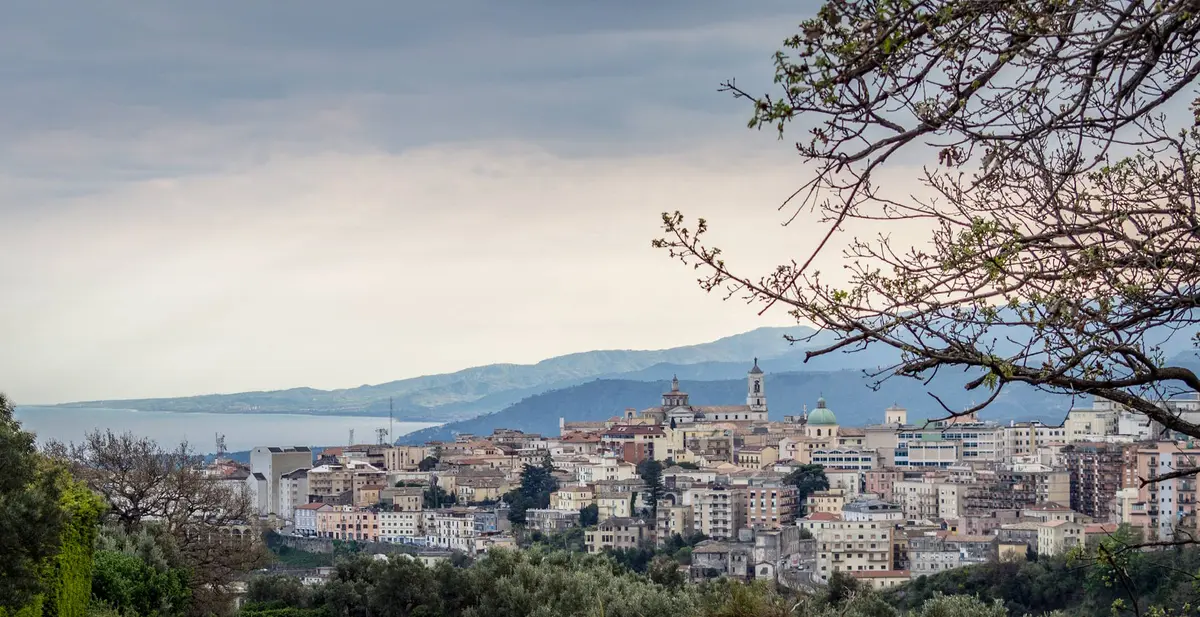
Art and Culture
Vincenzo Stranieri
Capital of the region, Catanzaro is known as the "City between two seas" because it is situated on the isthmus separating the Ionian from the Tyrrhenian Sea, and as the "City of the three Vs", in reference to three characteristics that distinguish it: Vento (Wind), Velvet and Vitaliano (the patron saint).
Let's discover together the secrets and beauties of the "yellow-red" city through a walk in its historical centre.
An urban trekking activity that starts at the heart of ancient Katantzárion, from the Byzantine word meaning "to prepare", "to make" and alluding to the traditional silk industry, and ends at the discovery of the most innovative and contemporary face of the city.
What to see in Catanzaro
Perched on a scenic, often windy hill (hence the first of the three "Vs"), the centre of Catanzaro is reached via its historic bridges, first and foremost the iconic Bisantis Bridge, a futuristic work by engineer Riccardo Morandi.
An architectural symbol of the city, together with the central Fontana del Cavatore, the bridge has a single reinforced concrete arch connecting the centre to the north-western suburbs, on the opposite side of the Fiumarella stream.
At the time of its construction, it was the second largest bridge of this type in the world, after Sandöbron in Sweden.

Having reached the centre, the itinerary to discover Catanzaro starts from the city's main artery, Corso Mazzini. Along the central street of shopping, clubs and monuments, it is also possible to visit some important buildings.
The present Cathedral of Catanzaro stands on the remains of the ancient cathedral erected in 1121, during the Norman era. The Chapel of San Vitaliano, which houses the relics of the beloved patron saint, dates back to the 14th century. Damaged by bombing during the Second World War, the building was remodelled in the 1950s, a period to which the pipe organ with 29 registers by the Ruffatti brothers also dates.
Another fine church is the Church of Monte dei Morti, in Baroque style, with several 17th-century works inside.
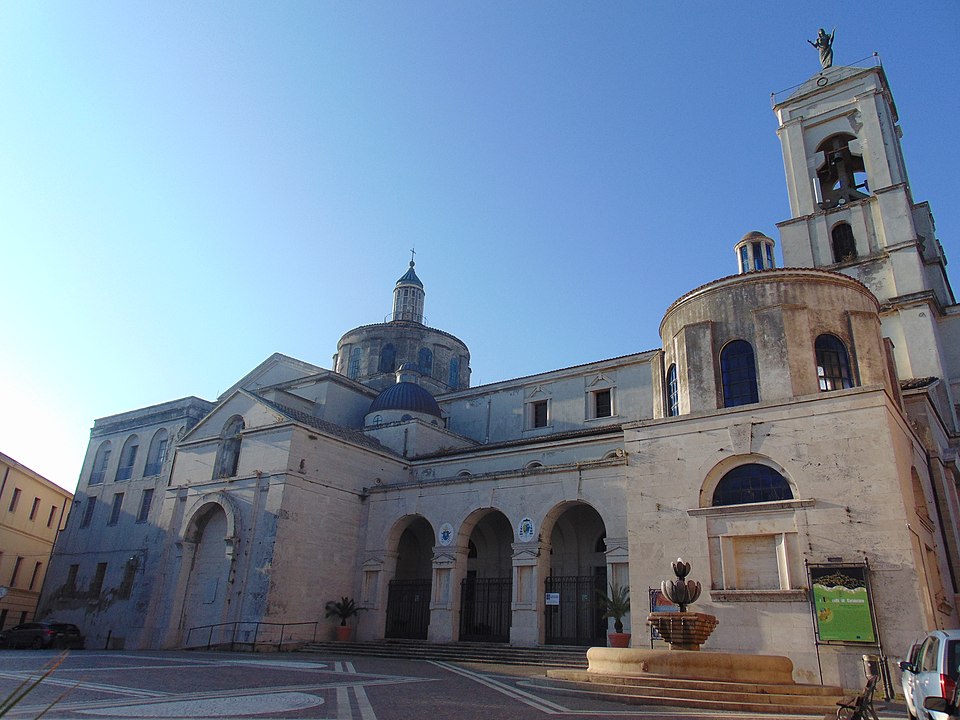
Strolling along the main street, we come across the aforementioned Cavatore, a monument housed in a niche portion of the San Giovanni Monumental Complex. The building incorporates part of the ancient city walls (the remains of which are still visible on the panoramic terrace) and it hosts temporary exhibitions and cultural events in its halls.
One of the museums not to be missed is the MARCA - Museo delle Arti di Catanzaro, a multifunctional museum centre exhibiting valuable art collections, such as paintings by Mattia Preti, Francesco Jerace, Battistello Caracciolo and Antonello de Saliba.
Fancy getting lost among Catanzaro's alleys? This is certainly the best way to discover the most popular and authentic face of the city. The oldest core of the historic centre is in fact La Grecìa, the district in which the elements resulting from the different cultures that have alternated in the area over the centuries converge.
To stroll through this maze of alleys, arches and stairways is to come across an atmosphere of times gone by, with picturesque views and small squares in which one finds oneself.
We conclude our urban trekking in Catanzaro by visiting one of the jewels in the crown of the contemporary city, about a quarter of an hour's walk from the historic centre: the Mediterranean Biodiversity Park.
It is a true green oasis in the middle of the city, covering over 600 square metres, created and cared for at the Catanzaro Agricultural Institute as an expression of the great variety of the Mediterranean floral and faunal heritage.
In addition to the pedestrian and cycling nature trails and the observation of protected species, it is possible to visit the MUSMI - Military History Museum, and the prestigious open-air works of contemporary art.
Fancy the sea? It's just a stone's throw away! The city's marina, Catanzaro Lido, is the capital's Blue Flag seaside resort equipped with family-friendly lidos, a free beach, a tourist harbour, a waterfront promenade and many clubs that enliven the nightlife in all seasons.
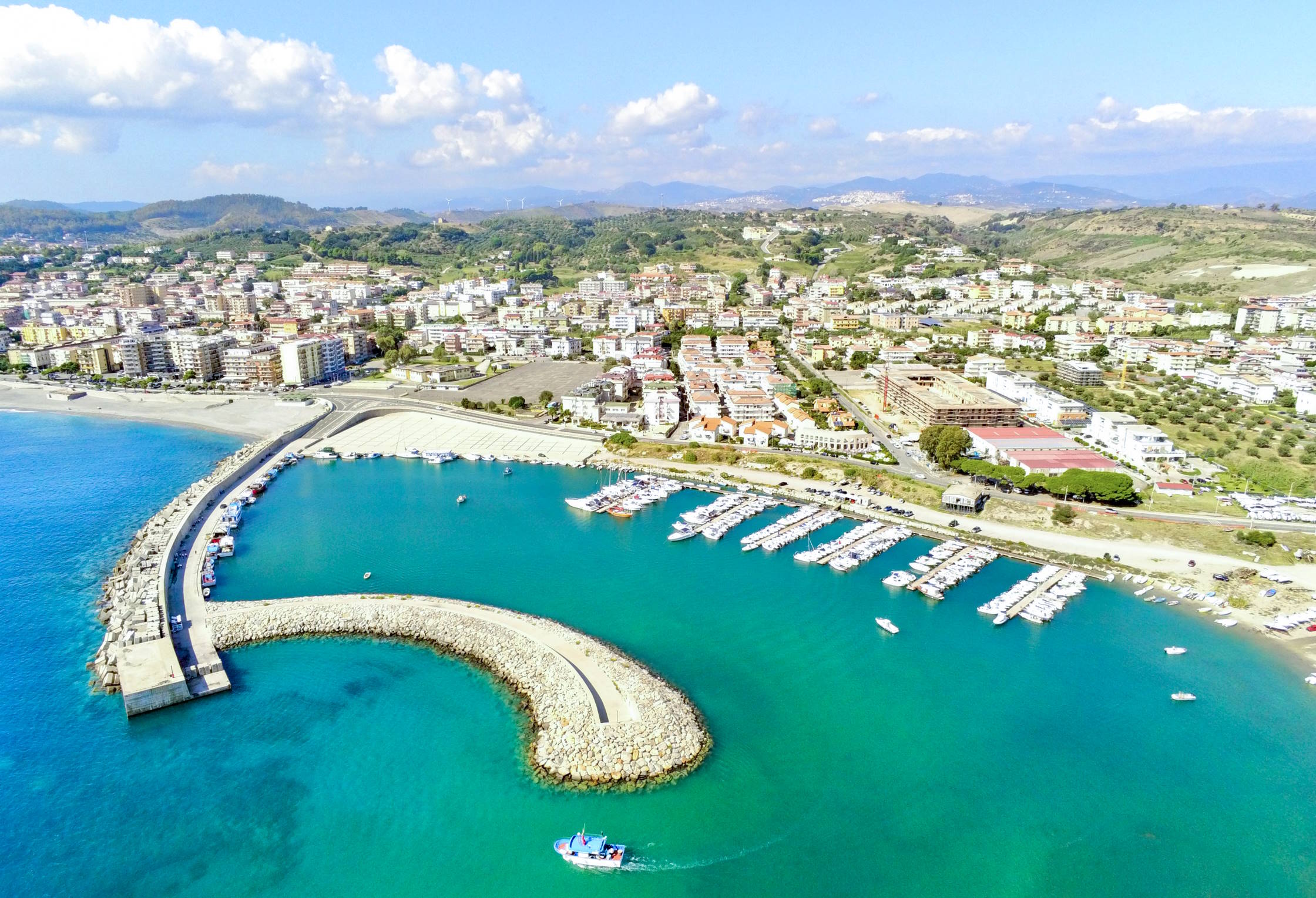
Curiosities, legends and dishes from Catanzaro
Any typical Catanzaro characteristics? First of all, the second of the three "Vs" that characterise the city's nickname: "velvet", alias the silk from Catanzaro historically produced, processed and manufactured in Catanzaro and the surrounding area until the Unification of Italy.
This ancient craftsmanship, established thanks to the Byzantines and craftsmen from the East, has developed over the centuries to make Catanzaro one of the main centres of silkworm breeding in Europe.
Today, silkworm breeding and the textile products derived from it have been taken over by young artisans in the hinterland, particularly in the municipality of San Floro, where a cooperative is active and can be visited.
Among the typical dishes not to be missed there is the Morzello Catanzarese (morzeddhu), succulent street food made from veal entrails cooked in gravy as a filling for the traditional pitta "a ruota di carro".
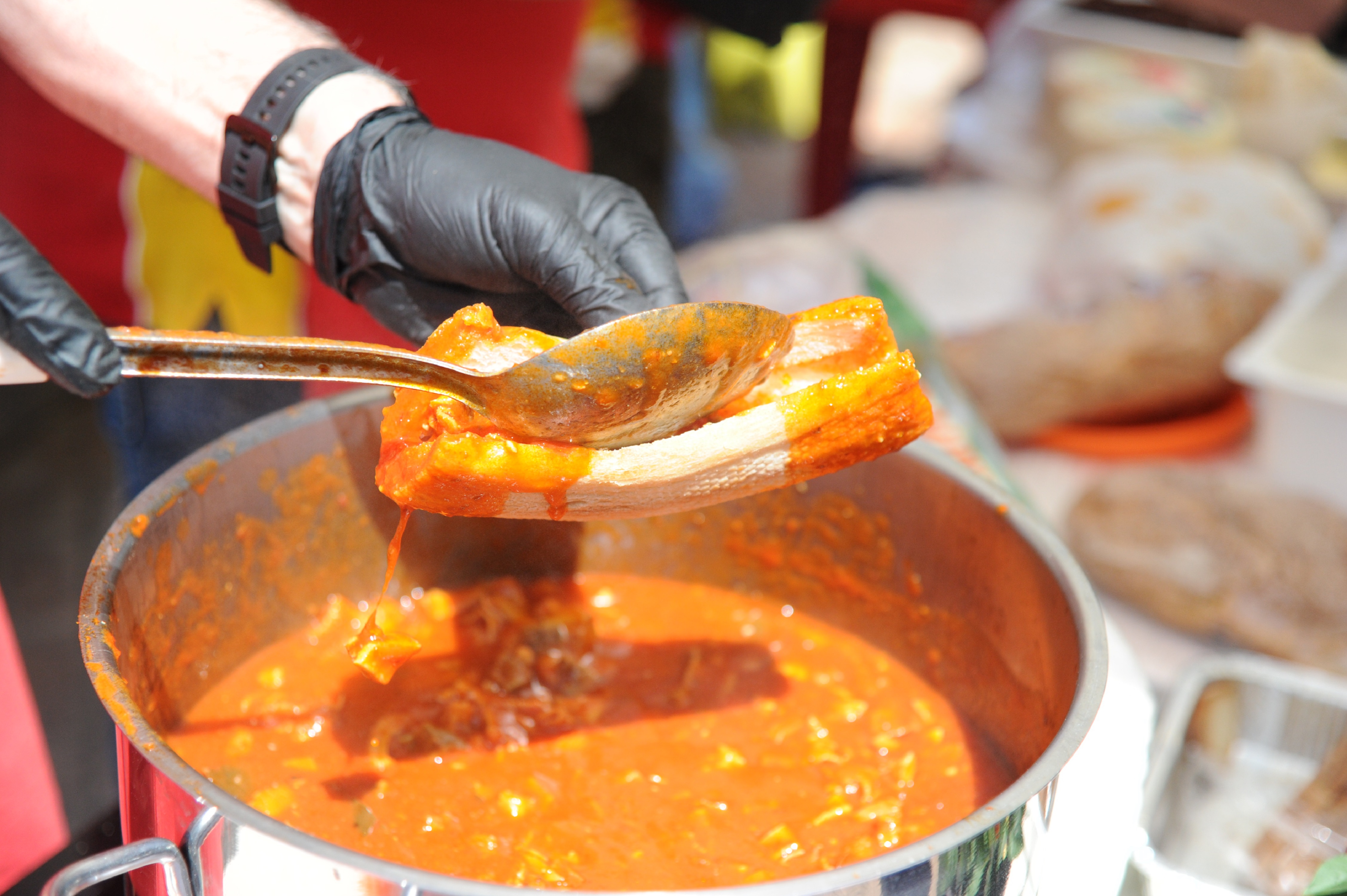
The origins of this humble dish are rooted in legend, when, it is said, a serving woman in a wealthy family came up with a "salvage" dish of veal waste that could keep for a long time and satisfy the needs of the workers, a stew in small pieces (morza), made of heart, lungs, spleen, liver, stomach, tripe, tomato paste, hot peppers and salt.
Since then, morzello has been considered the true symbol of Catanzaro.
https://calabriastraordinaria.it/en/news/discovering-catanzaro-urban-trekking-in-the-regional-capital





